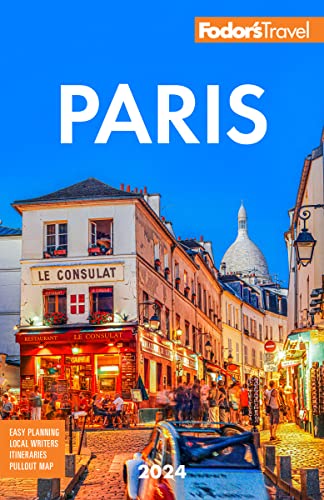Hemingway's Paris
There is a saying: "Everyone has two countries, his or her own—and France." For the Lost Generation after World War I, these words rang particularly true. Lured by favorable exchange rates, free-flowing alcohol, and a booming arts scene, many American writers, composers, and painters moved to Paris in the 1920s and 1930s, Ernest Hemingway among them. He arrived in Paris with his first wife, Hadley, in December 1921 and headed for the Rive Gauche—the Hôtel de l’Angleterre, to be exact (still operating at 44 rue Jacob). To celebrate their arrival the couple went to the Café de la Paix for a meal they nearly couldn't afford.
Hemingway worked as a journalist and quickly made friends with expat writers such as Gertrude Stein and Ezra Pound. In 1922 the Hemingways moved to 74 rue du Cardinal Lemoine, a bare-bones apartment with no running water (his writing studio was around the corner, on the top floor of 39 rue Descartes). Then, in 1924, they and their baby son settled at 113 rue Notre-Dame des Champs. Much of The Sun Also Rises, Hemingway's first serious novel, was written at nearby café La Closerie des Lilas. These were the years in which he forged his writing style, paring his sentences down to the pith—as he noted in A Moveable Feast, "hunger was good discipline." There were some especially hungry months when Hemingway gave up journalism for short-story writing, and the family was "very poor and very happy."
They weren't happy for long: in 1926, as The Sun Also Rises made him famous, Hemingway left Hadley. The next year, he wed his mistress, Pauline Pfeiffer, and moved to 6 rue Férou, near the Musée du Luxembourg.
For gossip and books, and to pick up his mail, Papa would visit Shakespeare & Company (then at 12 rue de l'Odéon). For cash and cocktails, Hemingway usually headed to the upscale Rive Droite. He collected the former at the Guaranty Trust Company, at 1 rue des Italiens. He found the latter, when he was flush, at the bar of the landmark Hôtel de Crillon, on Place de la Concorde next to the American Embassy, or, when poor, at the Caves Mura, at 19 rue d'Antin, or Harry's Bar, still in brisk business at 5 rue Daunou. Hemingway's loyal and legendary association with the Hôtel Ritz was sealed during the Liberation in 1944, when he strode in at the head of his platoon and "liberated" the joint by ordering martinis all around. Here Hemingway asked Mary Welsh to become his fourth wife, and here also, the story goes, a trunk full of notes regarding his first years in Paris turned up in the 1950s, giving him the raw material for writing A Moveable Feast.





